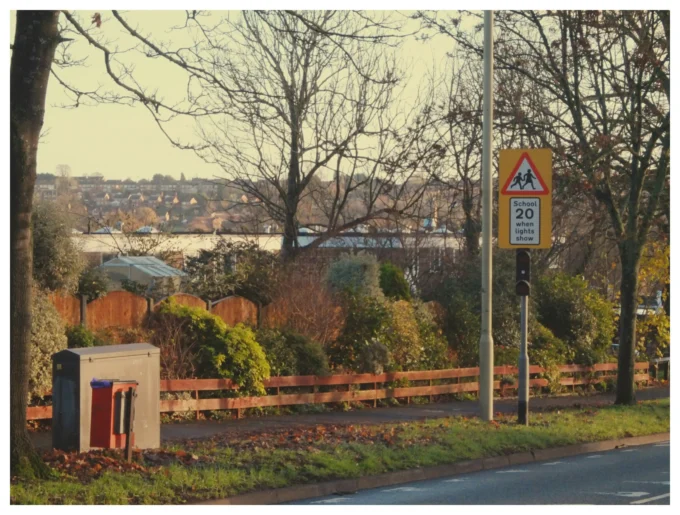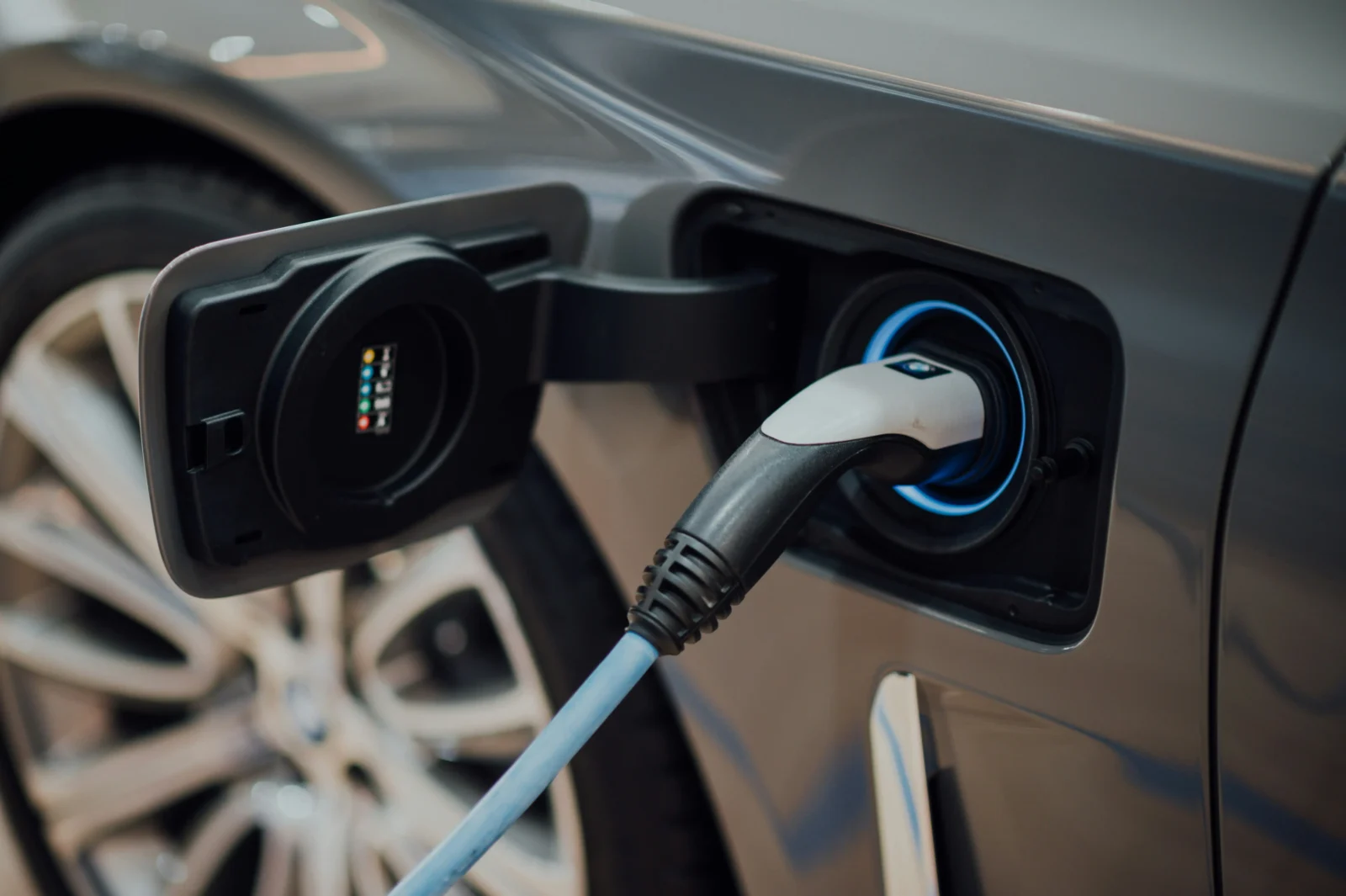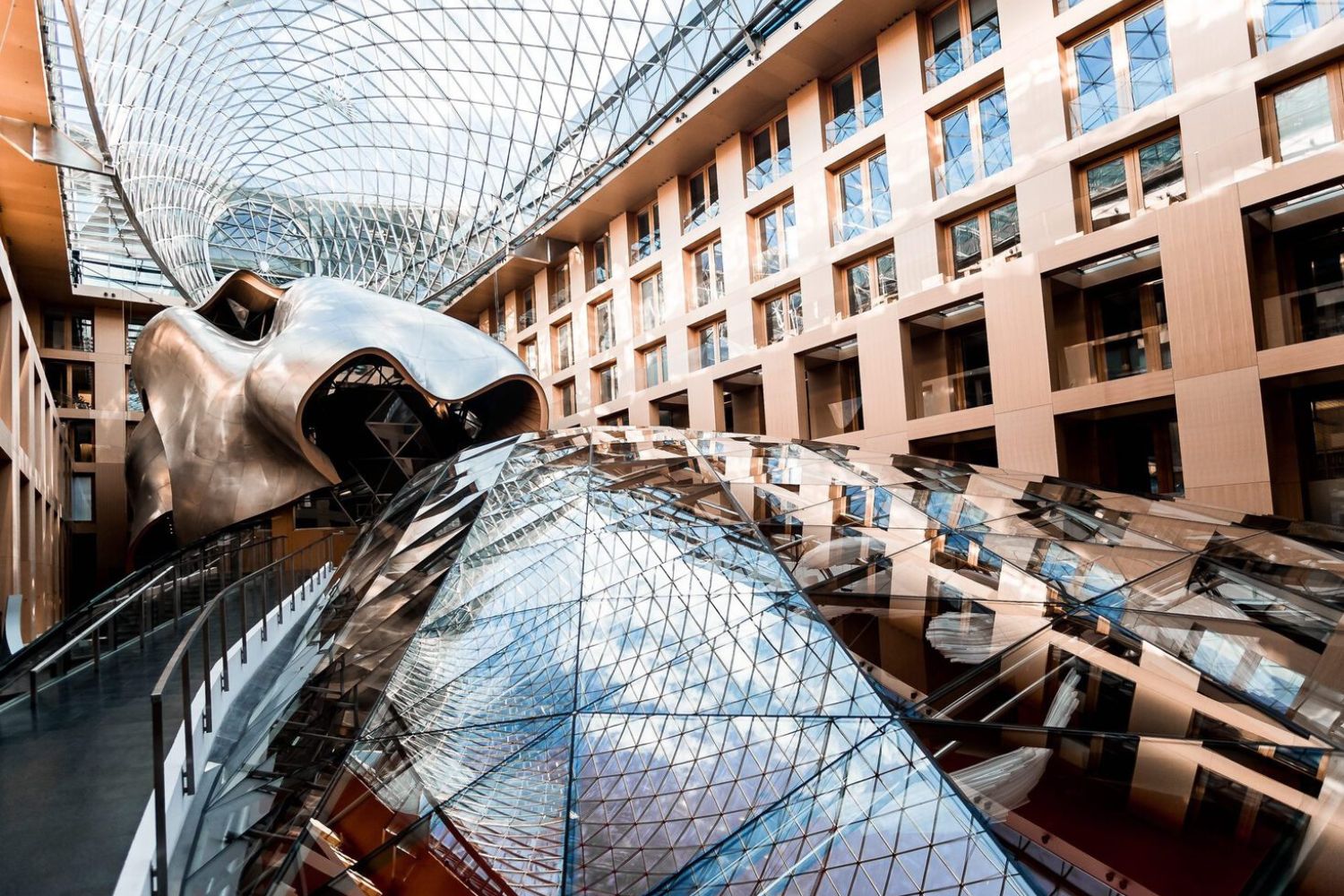- Home
- Articles
- Architectural Portfolio
- Architectral Presentation
- Inspirational Stories
- Architecture News
- Visualization
- BIM Industry
- Facade Design
- Parametric Design
- Career
- Landscape Architecture
- Construction
- Artificial Intelligence
- Sketching
- Design Softwares
- Diagrams
- Writing
- Architectural Tips
- Sustainability
- Courses
- Concept
- Technology
- History & Heritage
- Future of Architecture
- Guides & How-To
- Art & Culture
- Projects
- Interior Design
- Competitions
- Jobs
- Store
- Tools
- More
- Home
- Articles
- Architectural Portfolio
- Architectral Presentation
- Inspirational Stories
- Architecture News
- Visualization
- BIM Industry
- Facade Design
- Parametric Design
- Career
- Landscape Architecture
- Construction
- Artificial Intelligence
- Sketching
- Design Softwares
- Diagrams
- Writing
- Architectural Tips
- Sustainability
- Courses
- Concept
- Technology
- History & Heritage
- Future of Architecture
- Guides & How-To
- Art & Culture
- Projects
- Interior Design
- Competitions
- Jobs
- Store
- Tools
- More

Table of Contents
ToggleOverview of Novel Materials in Office Fitouts
Recent developments in office fitouts showcase a range of novel materials that prioritize functionality, sustainability, and aesthetics. These materials not only enhance the working environment but also address environmental concerns, reflecting a shift in design philosophies.
Evolution of Office Materials
Office materials have undergone significant changes, moving from traditional options like wood and metal to innovative alternatives. The evolution includes the introduction of composites and modular components designed for flexibility and ease of assembly.
Modern materials emphasize lightweight characteristics and durability. For instance, materials like high-pressure laminates (HPL) are gaining traction, offering versatile surfaces that withstand wear and tear. Adaptable layouts have become achievable with modular walls and furniture, creating dynamic workspaces that can evolve with changing company needs.
Sustainability and Eco-Friendly Innovations
Sustainability has become a key consideration in selecting office materials. Many businesses are now prioritizing eco-friendly options that reduce environmental impact. These innovations often involve recycled, reclaimed, or rapidly renewable resources.

Examples include bamboo, which is strong and fast-growing, and recycled metals, which minimize resource extraction. Additionally, materials with low volatile organic compounds (VOCs) are favored for improved indoor air quality. Companies investing in sustainable materials benefit from not only a reduced carbon footprint but also an enhanced brand image and employee satisfaction.
Hempcrete
Hempcrete, made from the hemp plant’s woody core mixed with lime, is emerging as a notable material in office fitouts. It boasts excellent insulation properties, contributing to energy efficiency. This material is lightweight and can regulate humidity, creating a healthier indoor environment.
Furthermore, hempcrete is carbon-negative, as it absorbs CO2 during its growth cycle. The increasing use of hempcrete blocks in commercial construction exemplifies the blending of biocomposite materials into modern design practices. Hempcrete’s natural resistance to mold and pests enhances its appeal for creating sustainable and resilient office spaces.
Functional Advantages of Modern Materials
Modern materials in office fitouts offer significant benefits, including enhanced durability, improved health and ergonomics, and better acoustics. These features contribute to a more productive and comfortable work environment.
Durability and Maintenance
Today’s office materials are designed for long-lasting performance. For instance, surfaces like laminate and engineered wood resist scratches, stains, and impacts more effectively than traditional materials. This durability reduces the need for frequent replacements, thereby lowering costs.
Maintenance is simplified as well. Many modern materials are easy to clean and require only basic upkeep. Non-porous surfaces, such as quartz countertops, repel dirt and bacteria, promoting a hygienic workspace. In high-traffic areas, resilient flooring materials like vinyl and rubber withstand wear and tear, ensuring longevity.
Health and Ergonomics
Health-conscious design is a priority in modern office fitouts. Materials that promote ergonomic practices can significantly reduce workplace injuries. Ergonomic chairs and desks, crafted from specially designed materials, support proper posture and minimize strain.
Additionally, sustainable materials like bamboo and recycled composites offer eco-friendly options that are safe for indoor air quality. Low-VOC paints and finishes further enhance health by reducing harmful emissions. These choices contribute to a safe and conducive work environment, positively impacting employee well-being.
Acoustics and Soundproofing
Noise control is crucial in open office settings. Modern materials play a key role in managing sound levels. Acoustic panels made from specialized foam or fabric effectively absorb sound and reduce noise transmission.
Flooring options like carpets and cork help dampen sound as well. Their porous structures minimize echoes and distribute noise evenly across the space. This enhances focus and communication among employees.
Integrating these soundproofing materials into office design supports a quieter and more productive atmosphere. By addressing noise concerns, organizations can foster a work environment conducive to concentration and collaboration.
Aesthetics and Design Trends
The aesthetics of office fitouts have evolved significantly, blending modern and traditional elements. Customizability and modularity are also increasingly important for creating versatile workspaces.

Modern versus Traditional Looks
Modern office fitouts often prioritize minimalism, using clean lines and open spaces. Materials like glass, metal, and sustainable wood enhance a sleek look while promoting a sense of openness. Neutral color palettes, punctuated by bold accents, create a contemporary vibe that appeals to many businesses.
Conversely, traditional designs often incorporate detailed moldings, rich woods, and warm colors. These features evoke a sense of history and professionalism. Companies may select vintage furniture and classic artwork to reinforce stability and tradition, making this style particularly fitting for law firms or financial institutions.
Customizability and Modularity
Customizability is key in today’s office design. Businesses seek flexible spaces that can adapt to various needs and team sizes. Modularity allows for easy reconfiguration of furniture and layouts. Options like movable partitions and adjustable desks can accommodate different work styles, from collaborative areas to private focus rooms.
Moreover, custom finishes and tailored designs enhance brand identity. Companies can choose materials, colors, and layouts that reflect their values and culture. This personalization elevates employee satisfaction and engagement, making the workspace an extension of the brand itself.
illustrarch is your daily dose of architecture. Leading community designed for all lovers of illustration and #drawing.
Submit your architectural projects
Follow these steps for submission your project. Submission FormLatest Posts
Furniture Movers by the Hour: Complete Guide to Hourly Moving Services in 2025
Introduction Furniture movers by the hour are professional moving services that charge...
Where To Charge Rivian: Complete Guide to Charging Locations and Networks
Introduction Rivian electric vehicle owners can charge their vehicles through multiple charging...
Frank Gehry Architecture: Style, Innovation and Iconic Works
Frank Gehry is one of the most influential architects of our time,...
The Dialogue Between Islamic Architecture and Modern Design
Explore Islamic architecture and modern design: climate-smart strategies, case studies, and courtyards,...












Leave a comment